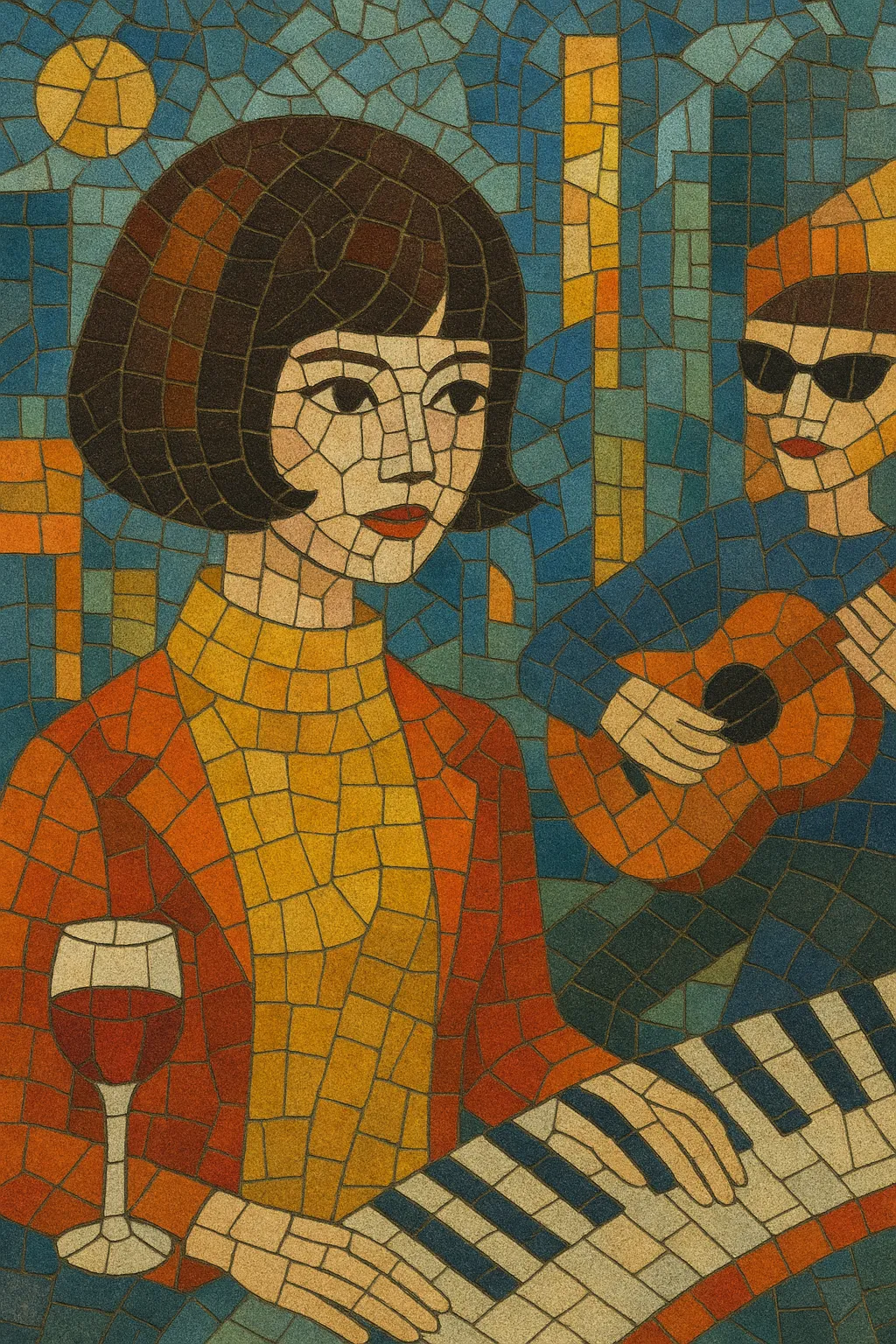Shibuya-kei is a stylish, crate-digger’s blend of 1960s/70s Western pop and Japanese pop culture that emerged from Tokyo’s Shibuya district. It fuses French yé-yé, bossa nova, baroque pop, lounge, sunshine pop, jazz-pop, and easy listening with contemporary sampling, breakbeats, house, and new wave aesthetics. The result is cosmopolitan, witty, and design-forward music that feels both retro and modern, often delivered with multilingual vocals (Japanese, English, and French) and a strong sense of pop art and fashion.
Beyond sound, Shibuya-kei is an attitude: playful, urbane, and deeply referential. It celebrates record-collector culture, cinematic cues, advertising jingles, and library music, stitching these references into bright melodies, sophisticated chord changes, and tastefully kitsch arrangements—harpsichords, vibraphones, strings, brass, and Latin percussion alongside drum machines, samplers, and slick production.
Shibuya-kei arose in early 1990s Tokyo, centered on the Shibuya district’s record shops, boutiques, and indie labels. Young musicians and producers—steeped in imported vinyl and magazine culture—reimagined 1960s/70s pop (French yé-yé, bossa nova, baroque pop, lounge, sunshine pop, jazz-pop, and easy listening) through modern sampling, breakbeats, house, and new wave. The term “Shibuya-kei” (literally, “Shibuya style”) was popularized by media to describe this chic, cosmopolitan sound and its lifestyle aesthetic.
Groups like Pizzicato Five and Flipper’s Guitar defined the early template: witty pop songwriting, crate-digger references, and meticulous arrangements. After Flipper’s Guitar disbanded, Cornelius pushed the scene’s collage and hi-fi production to new levels. Parallel to these, Kahimi Karie, Towa Tei (ex-Deee-Lite), and Fantastic Plastic Machine emphasized lounge, bossa, and club-minded sophistication, while Buffalo Daughter and Takako Minekawa added experimental and electronic textures. Independent labels (e.g., Readymade, Trattoria, Crue-L) and fashionable magazines helped codify the scene’s image and global appeal.
By the mid-to-late 1990s, Shibuya-kei albums were released internationally, introducing a worldwide audience to its polished, retro-chic sensibility. Cornelius’s meticulous production and Pizzicato Five’s pop art flair became touchstones for listeners and critics outside Japan, while club culture and boutique compilations carried the sound into lounges, cafes, and advertising syncs.
In the 2000s, many artists evolved toward electro-pop, dance, or experimental directions, while the original scene waned. Its DNA—sophisticated pop craft, crate-digging nostalgia, and cross-cultural collage—lives on in Japanese indie pop, picopop, and Akishibu-kei, as well as in global lounge/cocktail revivals and design-forward pop. Shibuya-kei remains a reference point whenever vintage European pop, Latin lounge, and modern beat craft meet with playful, urbane aesthetics.


